If there are two types of cinematic storytelling that are in need of more artistic champions, it’s animation, and children’s media (and yes, those are two very distinct things). Despite what fantastic strides continue to be made on both fronts, it’s been difficult to shake the stereotypes of animation being less emotionally impactful than live-action projects, and children’s media not needing to be anything more than flashy gibberish.
It’s apparent right from its opening moments that The Wild Robot is about to cement itself as a foremost paragon of both animated stories and children’s films. By the closing moments, it quite confidently establishes itself as the frontrunner for the Best Animated Feature Oscar. Throughout the time that passes between those two points, an evocative song of profound emotional intelligence roars, whispers, giggles, and prevails.
The Wild Robot stars the vocal cords of the ineffable Lupita Nyong’o as ROZZUM unit 7134 (or, as we’ll affectionately come to know her, Roz), the lone intact robot of a group of six to have washed up on the shore of an island teeming with wildlife. Armed with nothing but her problem-solving programming and can-do attitude, Roz attempts to help the creatures of the forest with their “problems” but struggles to fit in on the island. Furthermore, a tragic mishap results in a tiny gosling named Brightbill (Kit Connor) declaring Roz as his mother, and if Roz thought her previous tasks were puzzling, she’s going to have a hell of a time in the never-ending gauntlet of parenting.
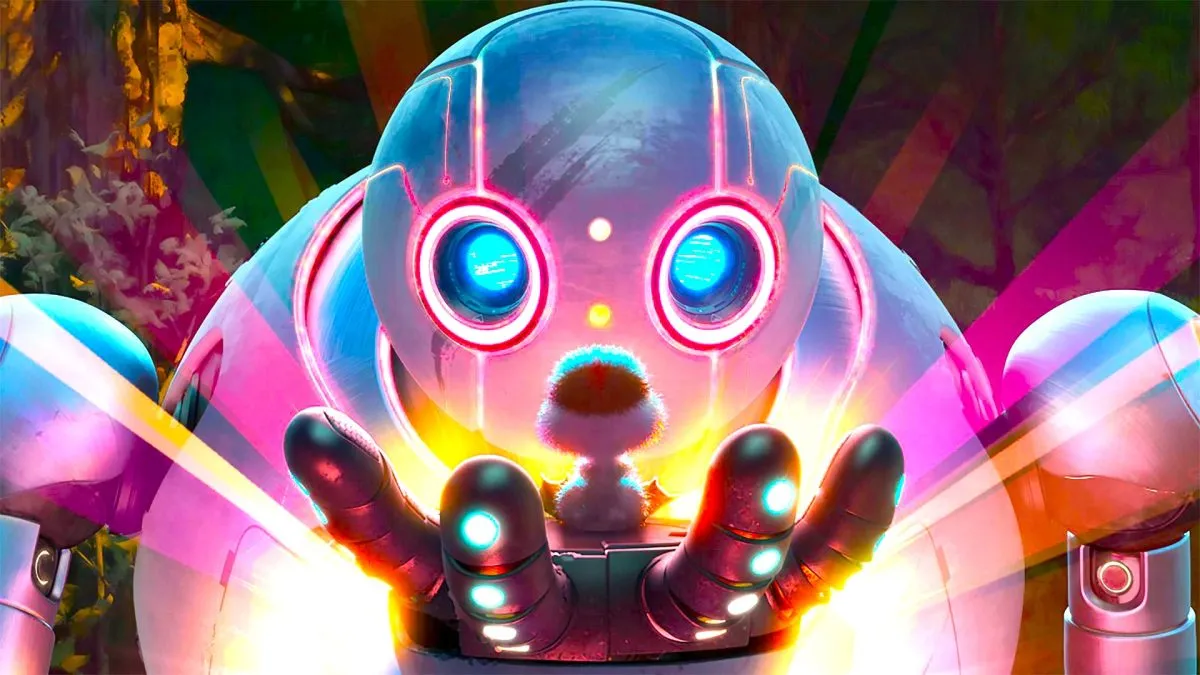
We’ll get into some of the film’s finer subtleties later on, but it must be pointed out right away how impossibly gorgeous The Wild Robot is as a visual and auditory artistic feat. At once a disciple of the most eager sides of the color spectrum, the film dazzles as a canvas, and it shows remarkable insight towards managing its animated advantages to capture both breathtaking spectacle and tranquil curiosity. Together with Kris Bowers’ horn-heavy tidal wave of a score, the non-narrative aspects of The Wild Robot‘s personality already express so much; it’s almost unfair that it’s paired with the story that writer-director Chris Sanders adapted from Peter Brown’s 2016 novel.
This is without the story taking the shape you would expect. Indeed, The Wild Robot plays very fast and loose with its plot, and in doing so, it encourages us, viewers, to not think too deeply about how time is passing in the film, and instead regard the growth of these characters in a much more organic manner. Roz, still beholden to her programming upon our first meeting with her, is the most exemplary case of this; her montages of progress are charming enough, but it’s when she’s fluidly drifting from one scene/encounter to the next that the film’s emotional core really gets to play and unfold into sharper thematic victories.
As for Roz herself, Nyong’o plays her with the exact understated depth that the film’s backbone is built upon. The robot-learning-to-love quirks are all there; a cheerful pitch, an inability to read the room, and a perpetually undeterred attitude. Even when Roz completes her arc, these aspects about her never truly fade from Nyong’o’s voice, and yet the actress nails down the very slight tonal sweet spots of sad, anxious, and I-can’t-believe-I-have-to-deal-with-this-s*** as needed. It’s a performance that understands the need for growth without sacrificing the very necessary original packaging, and it’s an utterly splendid one.
Also of note is Pedro Pascal’s turn as Fink, a red fox that becomes something of a surrogate uncle to Brightbill early on in the film. The importance of Fink’s journey as a character cannot be understated. Like Roz, he boasts all the traits you might come to expect from a fox character; sly, sarcastic, jerkish, and full of sneers. It’s apparent very early on, however, that this attitude is a front for what he really desires; love and belonging. With every hint that gets dropped, Pascal’s voice bristles ever-so-slightly, but it’s not until he finally speaks Fink’s deepest vulnerabilities at the end of the film that Pascal switches on our tear ducts, causing the fox’s voice to crumble defenselessly with just a few simple words. It’s arguably the strongest emotional beat of the whole film, and certainly the strongest of the film’s second half; a key moment of brilliance from the actor.
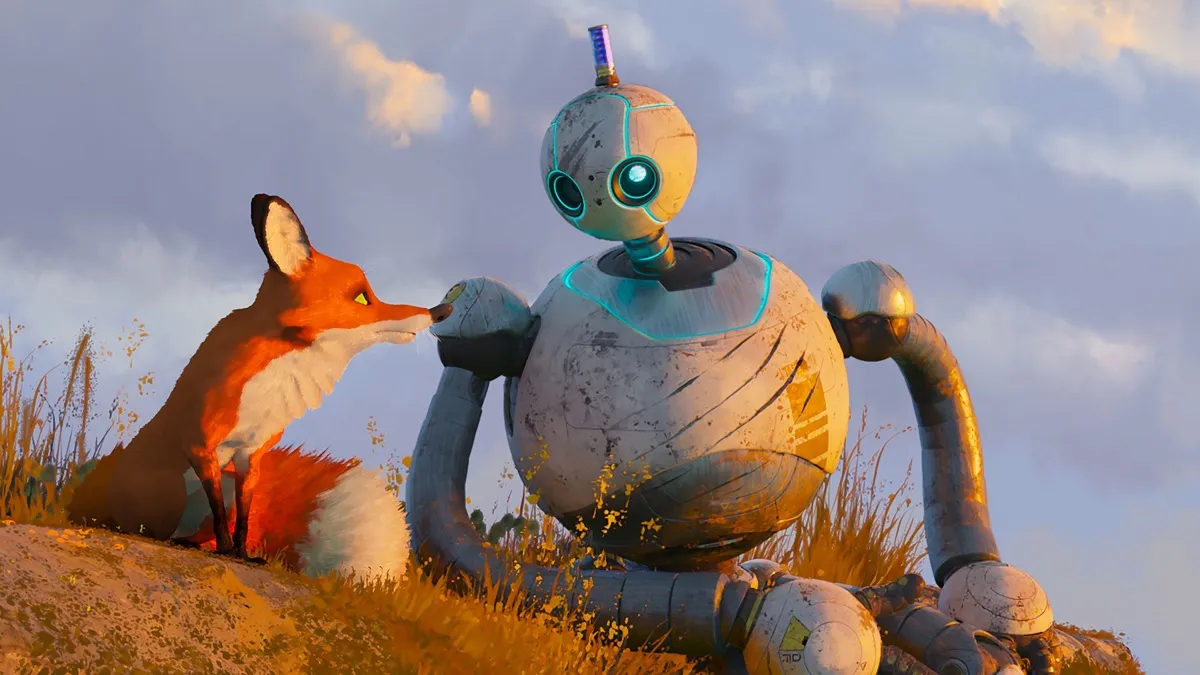
The Wild Robot‘s handling of Fink — and, by extension, its parsing of what these ironic attitudes truly hide in the heart — is perhaps the most straightforward example of the film’s ability to not only inhabit important emotional spaces but also demonstrate its knowledge on how to express emotion itself on a beat-to-beat basis.
For instance, The Wild Robot is an incredibly funny movie; Roz’s bumbling choreography and the script’s willingness to insert some surprisingly dark jokes into the mix allow the character dynamics to flourish quite gleefully. The Wild Robot is just as effective at making you sad, and it’s more than happy to do so whenever it catches you with a smile on your face. One minute, we’re all laughing at Roz’s clumsy misreading of a situation, and then she’ll suddenly whip out a heartwrenching line that makes us feel bad for laughing just moments ago.
It’s a remarkable punctuation of Roz as a character and a fascinating examination of emotion as a whole organism. It’s no secret that, when it comes to emotions, the intensity of the highs also informs that of the lows, and that symbiosis of joy and sorrow is a very important aspect of the film’s identity. In the case of Roz’s earliest scenes, though, she isn’t actually aware that those aforementioned heartwrenching lines are actually heartwrenching, thus demonstrating just how much emotion — in all its necessary conflict — is always in play even if you’re not directly engaging with it. In this way, The Wild Robot adheres to a sort of emotional absolutism that both respects and celebrates the most essential, equally nonsensical parts of our humanity, all while barely ever showing a single human on the screen.
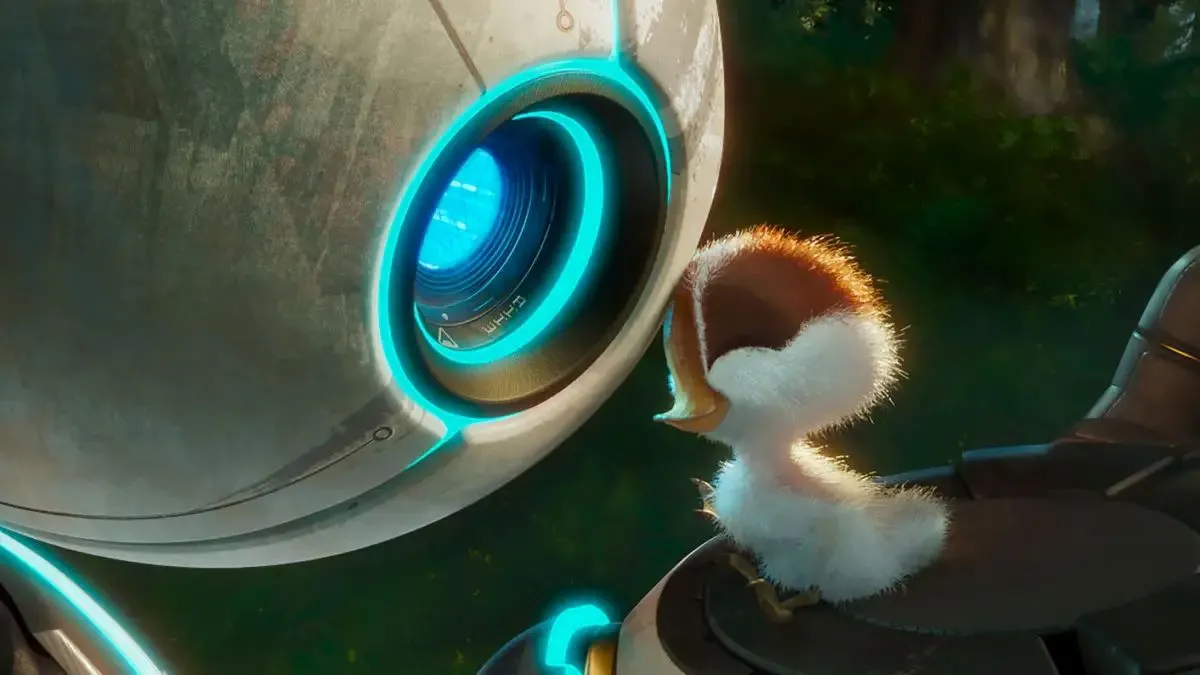
It’s this astounding virtuosity of The Wild Robot‘s early stages that somewhat highlights the slight decline of the latter stages. By centering this familial dance of love between Roz, Fink, and Brightbill, The Wild Robot hones in on a number of different themes ranging from belonging, to recognizing one’s own truth in a sea of rigidity, and the mythological power of nature, which thrives when there’s a non-descript-yet-eager willingness to exist alongside it rather than understand or fix it.
By establishing these things early on, it’s not exactly a poor choice to set these themes free into the rest of the film just to see how they play upon the rest of the plot-specific proceedings, but the second half of The Wild Robot nevertheless loses a bit of its grip on the emotional duality that gave it so much of its early thrust. As a result, it’s not quite as funny, not quite as profound, and doesn’t stick quite as many landings with its emotional beats as the first half.
But how indicative of The Wild Robot‘s prestige that its biggest flaw is not living up to the version of itself that actually does exist, whereas so many more can only claim to be a lesser expression of its full potential? If anything, that imperfection — that relative incompletion — is itself adhering to the human condition that Roz tries so hard to comprehend and, like all of us, fails at in the most miraculous ways.
Indeed, suppose there’s somehow an even better-animated film that makes its way to us this year. In that case, it will be a most welcome development, not just because a good movie is a victory for everybody, but also because The Wild Robot is in serious need of competition in the Best Animated Feature category right now. Pressure’s on, The Lord of the Rings: The War of the Rohirrim.

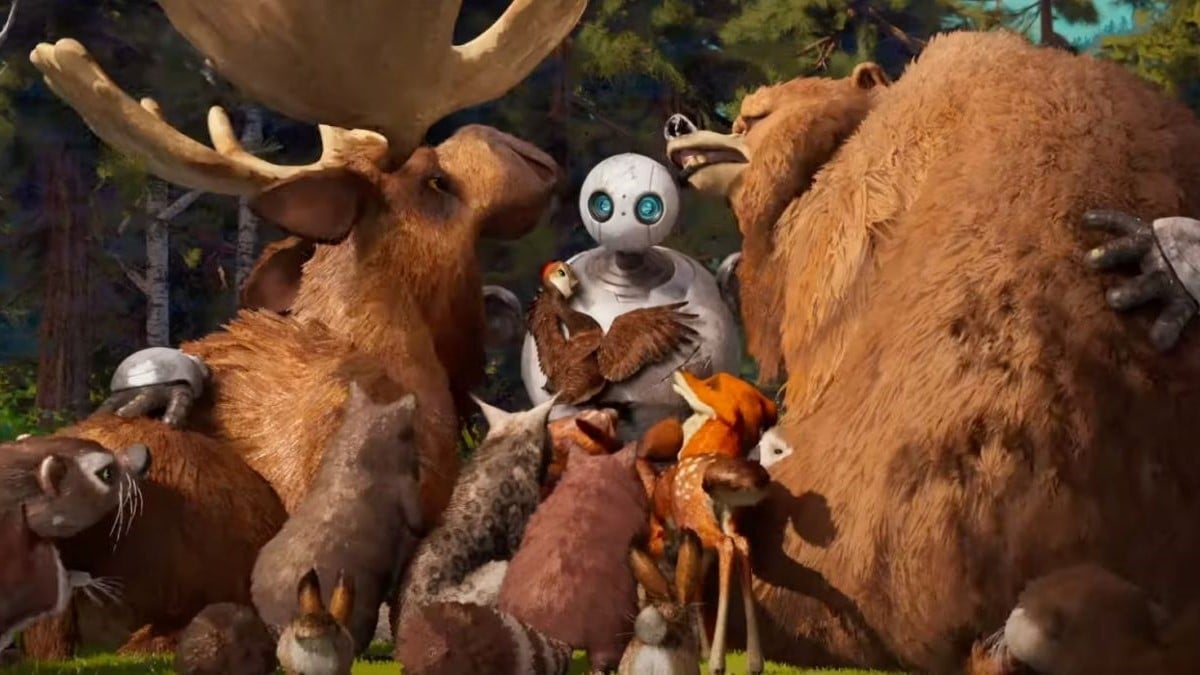
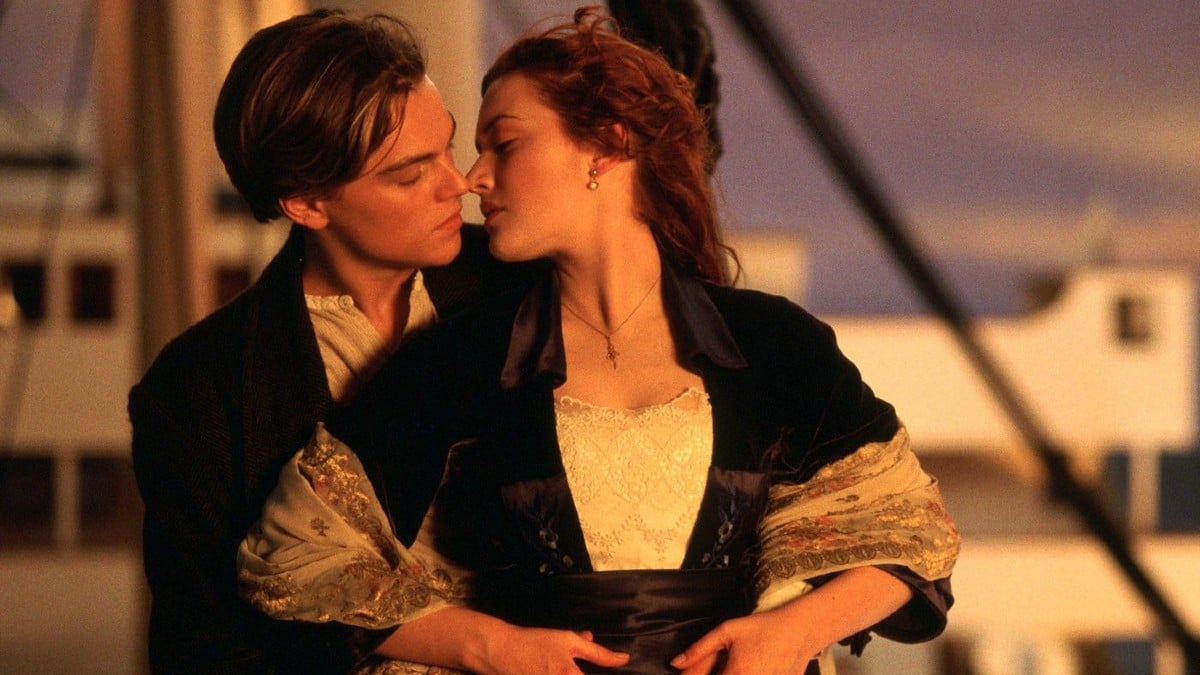
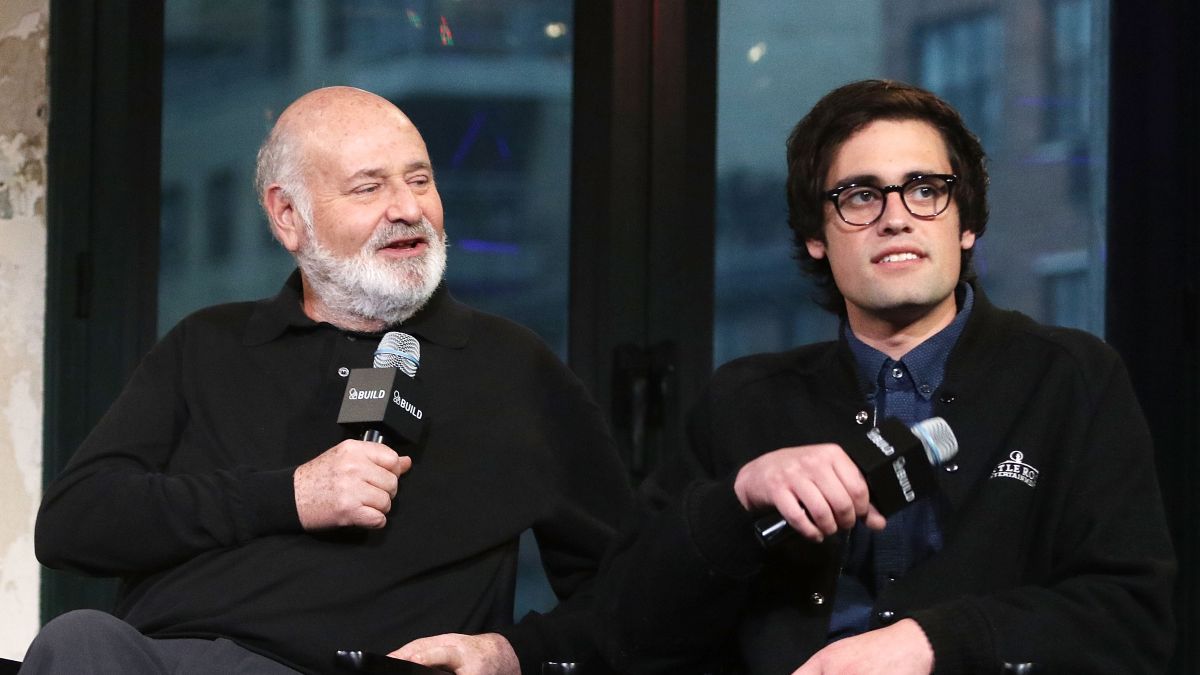
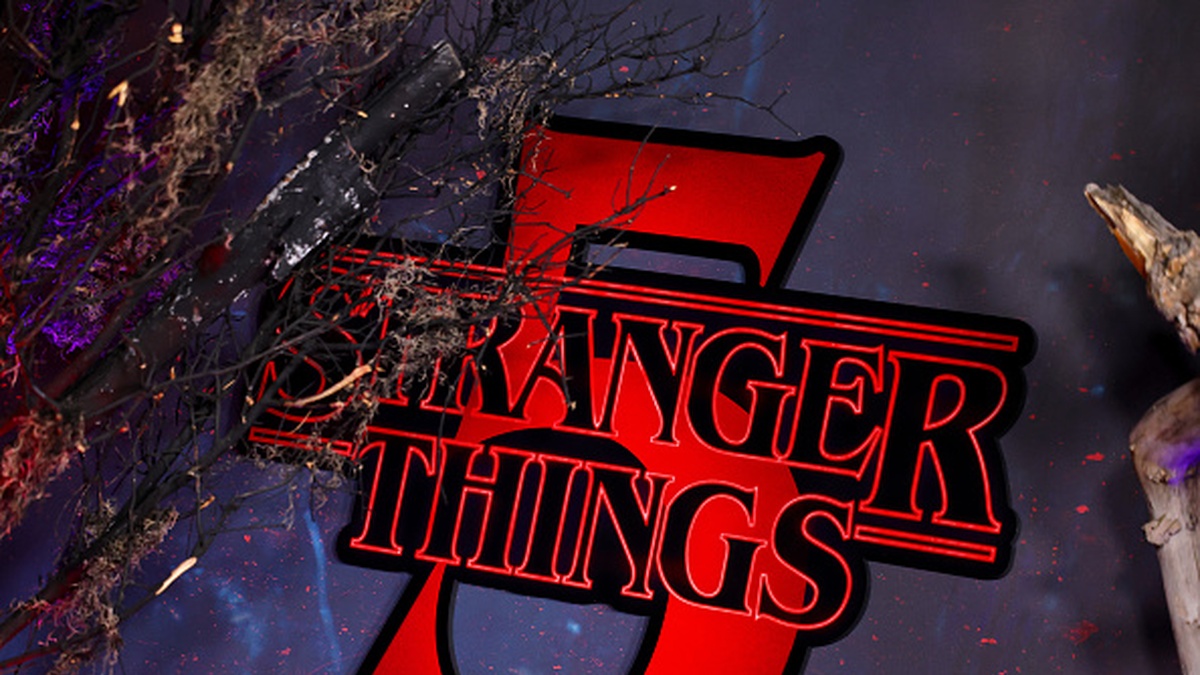

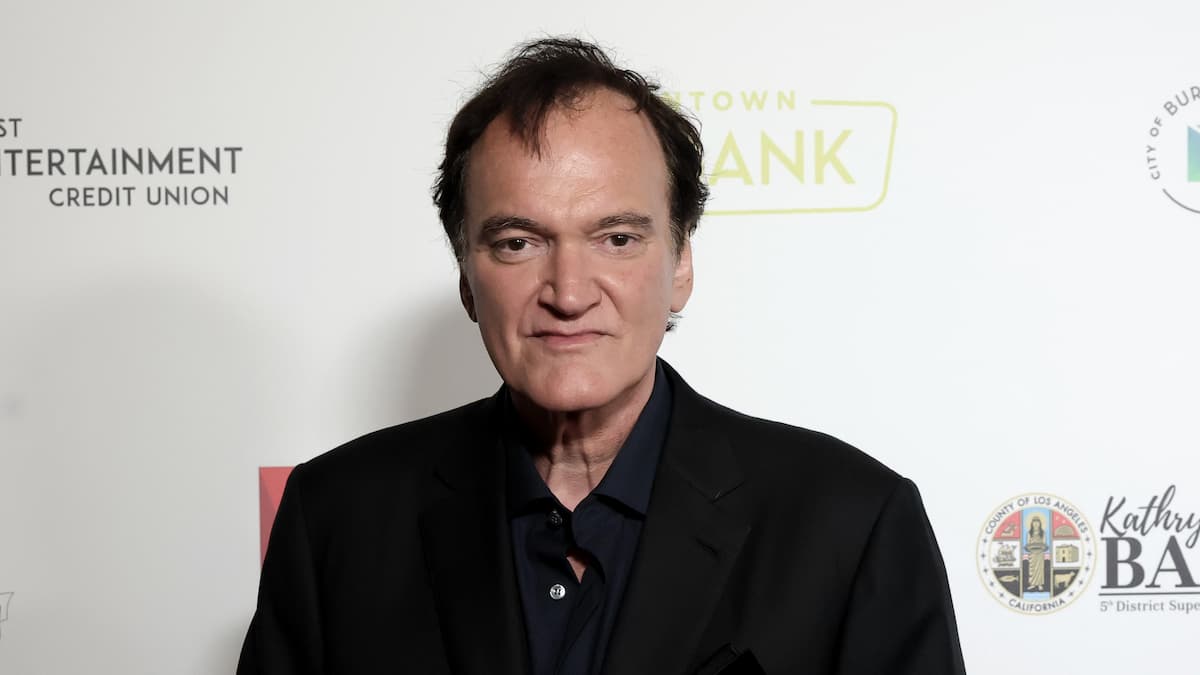
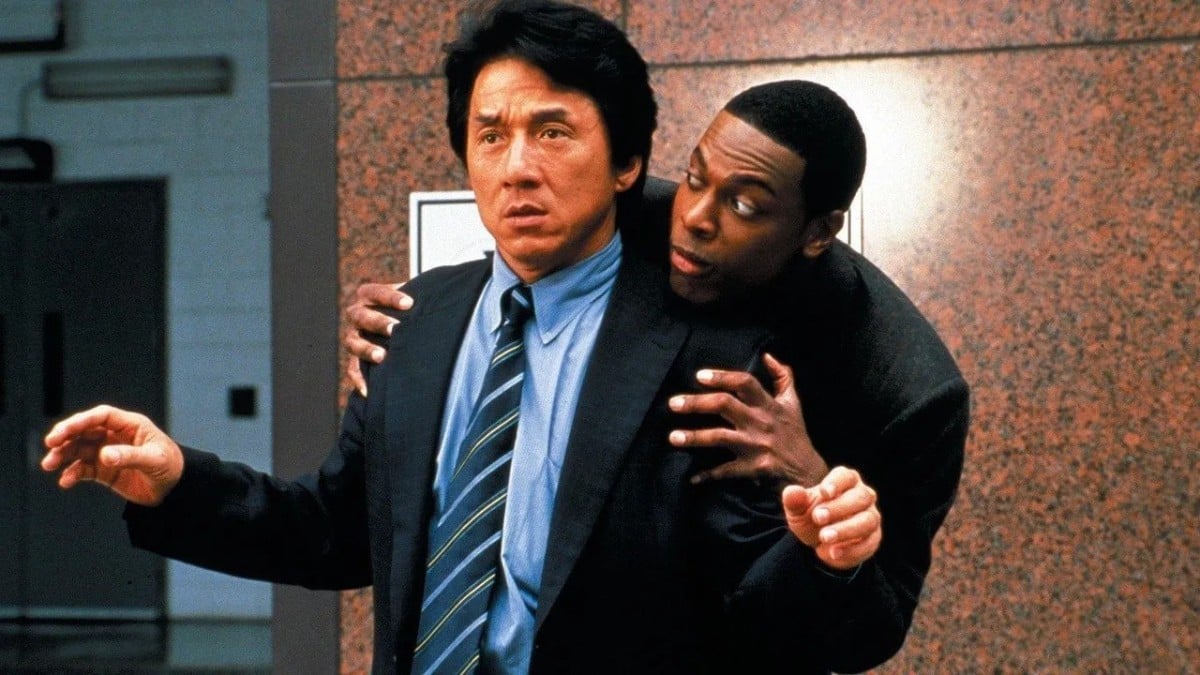
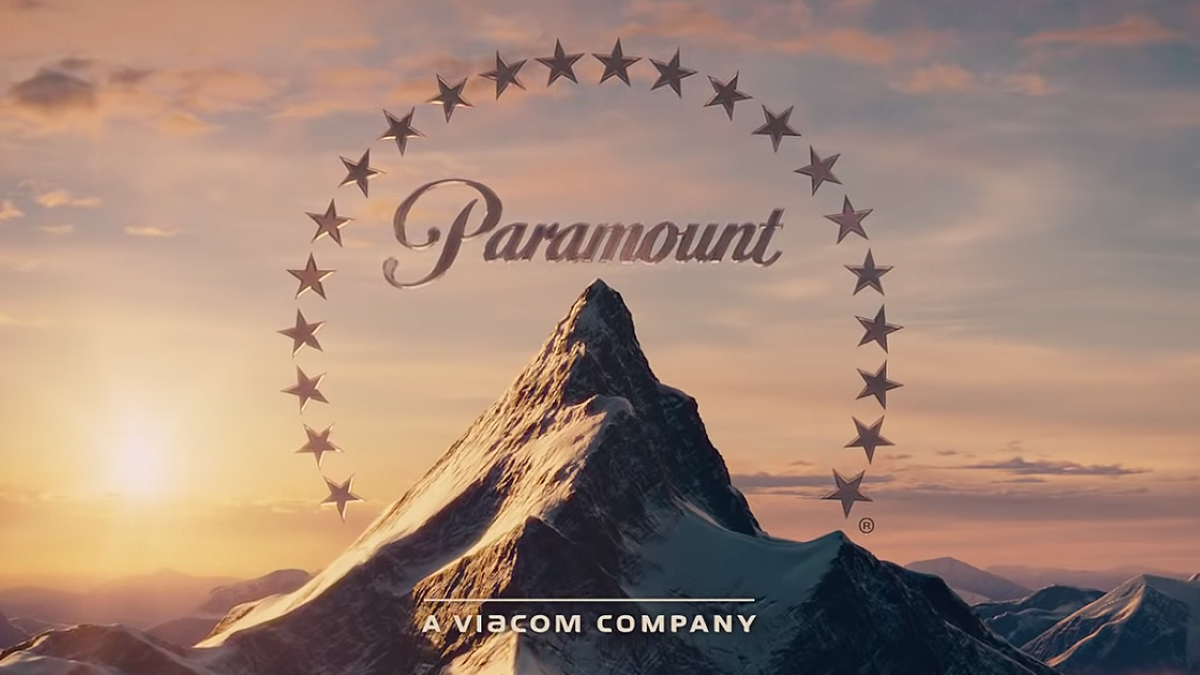
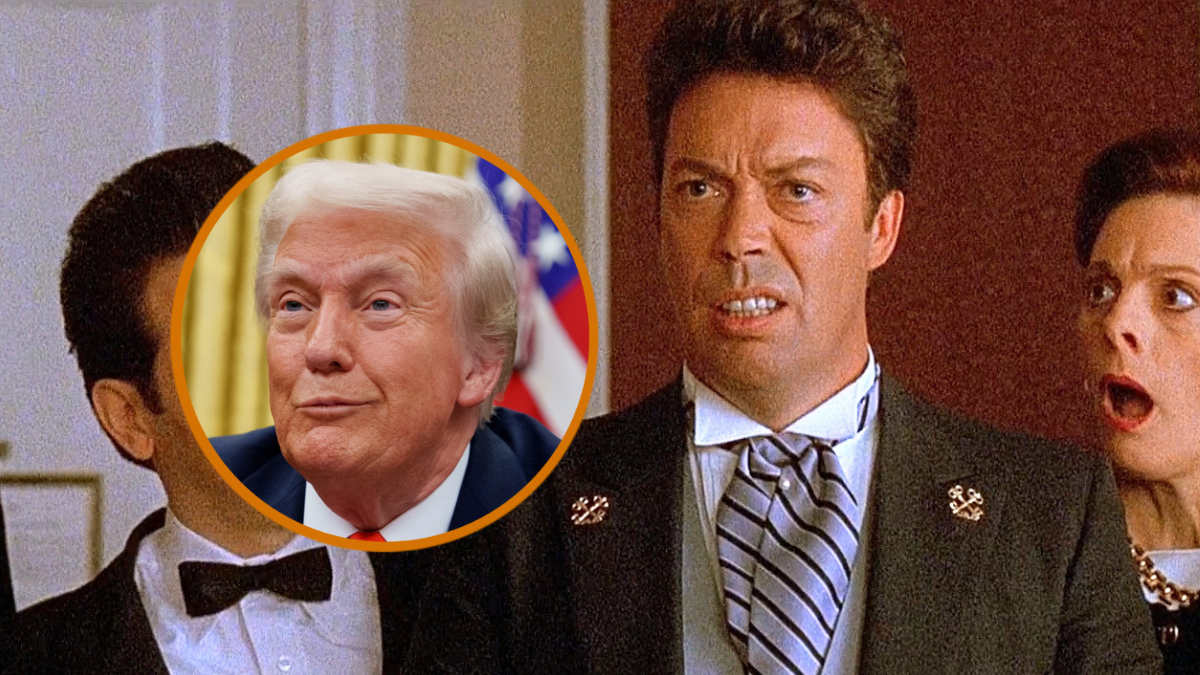

Published: Sep 29, 2024 02:03 pm